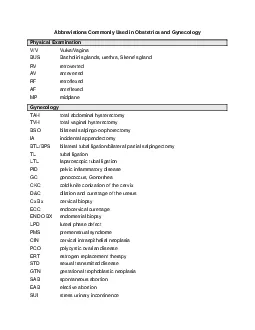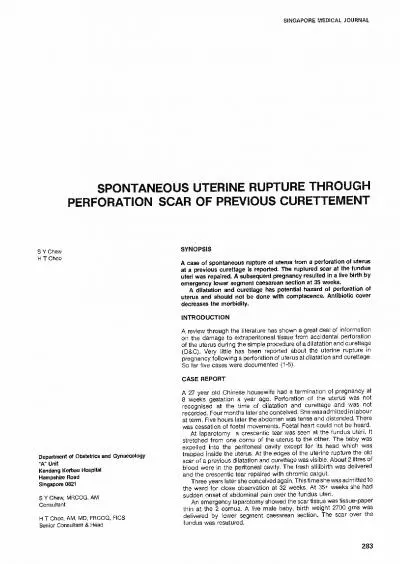PPT-PRELABOR RUPTURE OF MEMBRANES
Author : marina-yarberry | Published Date : 2020-04-04
PROM Dr Vishal Chaudhari DEFINITION Spontaneous rupture of the membranes any time beyond 28th week of pregnancy but before the onset of labor TERM PROM after
Presentation Embed Code
Download Presentation
Download Presentation The PPT/PDF document " PRELABOR RUPTURE OF MEMBRANES" is the property of its rightful owner. Permission is granted to download and print the materials on this website for personal, non-commercial use only, and to display it on your personal computer provided you do not modify the materials and that you retain all copyright notices contained in the materials. By downloading content from our website, you accept the terms of this agreement.
PRELABOR RUPTURE OF MEMBRANES: Transcript
Download Rules Of Document
" PRELABOR RUPTURE OF MEMBRANES"The content belongs to its owner. You may download and print it for personal use, without modification, and keep all copyright notices. By downloading, you agree to these terms.
Related Documents














